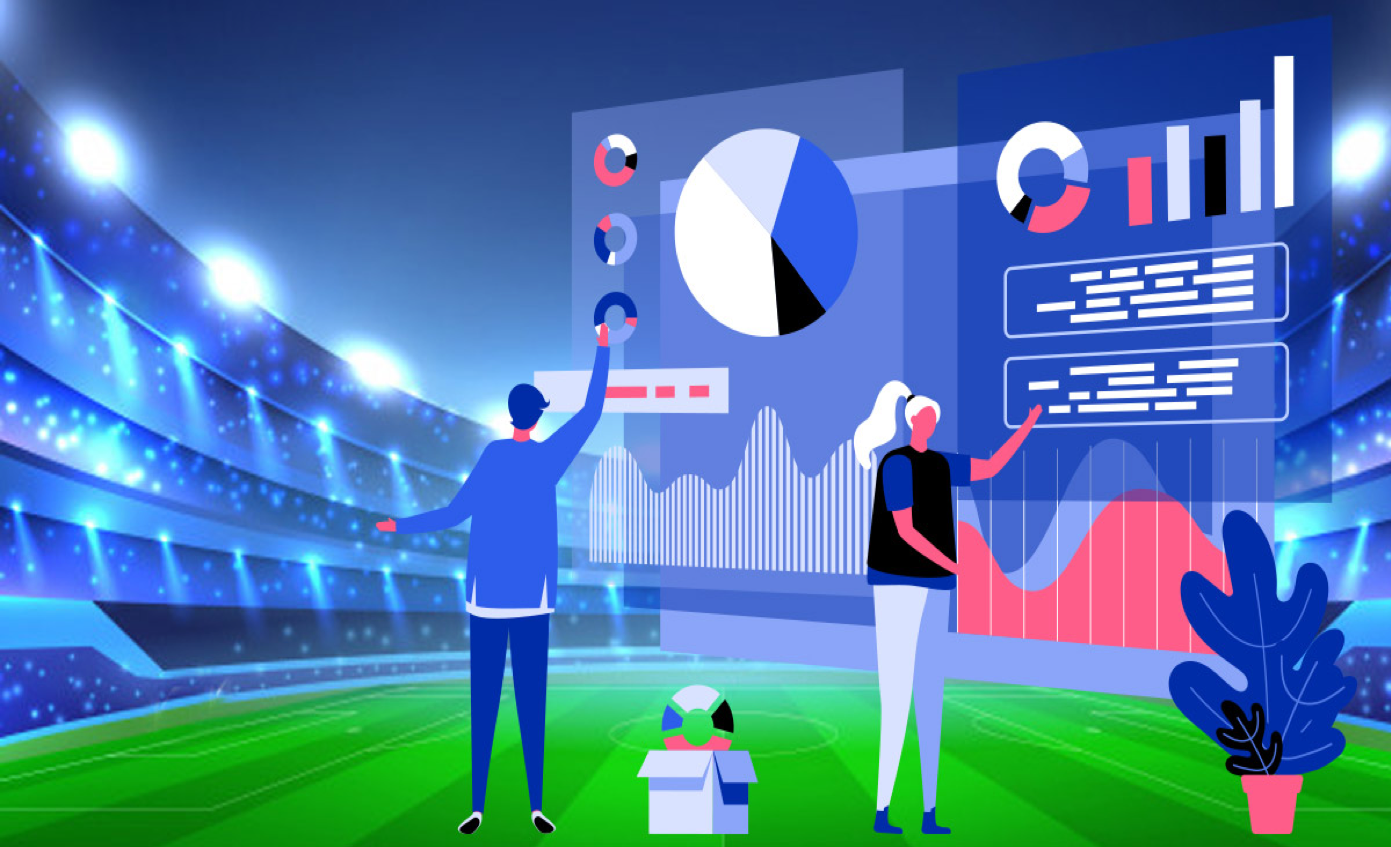✍️ Kaustubh Thakur
🗓️ May 30, 2024
Sports as a career is steadily gaining prominence, particularly in India, and with it, the significance of sports management is also increasing. The influx of funds into sports has fostered an ecosystem that sustains top-level athletes and their teams. A career in sports is now recognized, alongside a career in sports management. One part that plays a massive role is that of analytics. Numbers play a huge role in the field of sports not only to analyse what has happened but also to predict what can happen and prepare better.
Use of Quidich Tracker in Live Coverage

Numerous facets of technology are employed in live sports coverage. The landscape of broadcasting has undergone significant evolution in the past decade. Viewers now crave intricate details, and the Quidich tracker plays a pivotal role in providing real-time insights. It tracks player movements, showcasing live field placements, and distances between fielders. It serves as a significant tool for commentators, offering additional talking points during games. Every student who wants to study sports management needs to be equipped with such technologies.
Analytics in Recruitment and Scouting

In terms of recruitment and scouting, analytics has transformed how budding talent is identified and assessed. Traditional scouting methods relied heavily on subjective observations, but with the advent of analytics, scouts can now access a wealth of objective data to evaluate potential recruits. Metrics such as player efficiency ratings, shot charts, and advanced statistics provide a comprehensive view of a player’s capabilities, allowing teams to make more informed recruitment decisions. That does have a downside to it as analytics can’t judge subject things like situation and pressure. Every sports management professional needs to be well versed in such analytics because they are essential in all aspects of every game.
How is Player Analysis Done?
Player analysis involves collecting and examining data on various aspects of a player’s performance. This includes basic statistics like runs scored, wickets taken, and catches. Advanced metrics, such as strike rates, economy rates, and player efficiency ratings, are also considered. This data helps in understanding a player’s strengths and weaknesses, which is crucial for making strategic decisions. In cricket, several attributes are used to determine a better player. For batsmen, key metrics include the batting average, strike rate, and number of centuries and half-centuries scored. For bowlers, important attributes are the bowling average, economy rate, and strike rate. Fielding metrics like the number of catches, run-outs, and stumpings are also crucial. These metrics collectively help in assessing the overall performance and consistency of a player.
Quidich Hyperview and Spatio: Features
Quidich Hyperview and Spatio are advanced technologies used in sports analysis. Hyperview provides high-definition, multi-angle video feeds that allow for detailed examination of player movements and game situations. Spatio offers spatial analysis by mapping player positions and movements on the field. This helps in understanding team formations, player positioning, and overall game strategy. These features are essential for both live coverage and post-match analysis, providing deeper insights into the game.
Clubs select players using a combination of traditional scouting and modern analytics. Software like SAP Sports One, Hudl, and Catapult are commonly used to gather and analyze data. These platforms offer comprehensive tools for performance analysis, injury prevention, and player development. They provide detailed reports on player metrics, which help clubs make informed decisions during the selection process. By using such software, clubs ensure they have a complete understanding of a player’s abilities and potential impact on the team.
Working in the field of Sports Management is very fast paced and dynamic. The life of an athlete is full of ups and downs but the management side of things has to remain constant. ISM GLOBE gives students the right balance of book knowledge and real life experience. ISM GLOBE takes students on industry visits to places like the Puma Store and Quidich Innovation Labs where their students can observe things first hand.


0 Comments